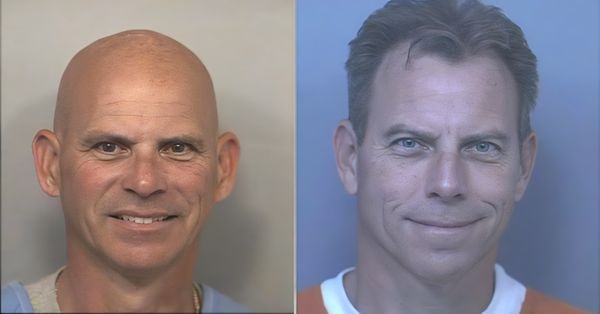
On hearing the Russian rockets hit Kyiv in the early hours of 24 February, Ihor Poshyvailo knew his first responsibility was to get the collection of the Maidan Museum somewhere safe. The artefacts in the art historian’s care are not paintings or sculptures, however, but a hodgepodge of common objects, which catalogue the 2014 Ukrainian “Maidan” revolution that ousted the Putin-friendly government of Viktor Yanukovych.
Among more than 4,000 objects now held in a secret location are homemade flags, protest banners, hand-decorated tents and the weapons – including molotov cocktails, baseball bats and purloined police shields – that were used to defend the protesters’ camp in the Maidan square in the centre of Kyiv against heavily armed state security forces.
Poshyvailo’s second thought, as the Russian invasion intensified over the past two months, was that the museum again had a responsibility to collect objects: those that might tell the story of the conflict to future generations.
“This war is a continuation of Maidan,” Poshyvailo, 54, says. “We are not focused on the military history of the war. That is for other institutions. We try to collect objects that tell symbolic and emotional stories, symbols of the terror and of resistance.”
One new acquisition is a rooster-shaped ceramic jug that remained stoically undamaged on a kitchen cabinet high up in a shelled apartment block in the town of Borodyanka. The ornament, made locally, has been adopted as a mascot by the Ukrainian public, to the point that Boris Johnson was presented with a replica of it on his visit to Ukraine last month. The rest of the block was so devastated by Russian firepower that Poshyvailo’s team were forced to use a hydraulic crane to rescue the object.
The rooster, collected with the permission of its original owner, is not the only artefact the museum gained from the ruins of the town, located 60km (37 miles) west of the capital.

“We documented the kindergarten on one side, the restaurant on the other side. It had been such a peaceful life in that block; these were normal people. The neighbourhood is very representative of post-Soviet families: very simple, very cosy. In one apartment there were a lot of textbooks, maps and the belongings of at least two children. There were books for high school, as well as a dress, left hanging in the wardrobe, of a child of maybe three or four years old. These objects tell the story of lost futures, of hopelessness.
“In Bucha we collected some objects that were left behind as people tried to evacuate the city. We collected white textiles, for example, that people had tied to their wing mirrors as they tried to escape: flags of surrender indicating they were just civilians escaping the war. We gathered them from cars with bullet holes along the side, many with bodies still inside.
“These objects can become small exhibitions that tell the story of those ordinary people’s lives, of their deaths. They can demonstrate the cruelty but also explain why Ukrainians are fighting so fiercely for their freedom.”
Poshyvailo’s mission started in 2014, just a week after the first protesters set up camp in Kyiv’s vast central square. At the time he was the deputy director of the Ivan Honchar Museum, an institution concerned more with traditional musical instruments and religious art than bombs and banners. Frustrated with the lack of response to the protests by colleagues, many of whom felt hamstrung as state employees, Poshyvailo started to visit the occupation in secret. His mission grew as word got out and a team of like-minded curators joined him. “People were surprised, some even suspicious. There was this battle and fight, and we were going in there collecting objects,” he says.
After Yanukovych was driven from power and the new government installed, the museum was formalised and received state backing. A design competition was held to build its headquarters, a site in central Kyiv identified and construction was supposed to begin this year.
Poshyvailo is under no illusion as to the danger of his continued mission. “Putin is very open in his desire to destroy the revolution of Maidan and therefore the museum is likely to be No 1 on the list to be liquidated.
“We know there is a list held by Russian occupiers as to who should be imprisoned first. They will look for military people, politicians, civil activists, but they will also look for cultural workers, especially those like us, who use culture to tell the story of Ukrainian nationhood and our identity.” Two employees of the Melitopol Museum of Local History were reportedly abducted recently after refusing to tell the Russian occupiers the location of objects in the institution’s collection.
He says he will not be cowed, however, and is optimistic that Ukraine will win the war and his institution will one day open its doors to the public. “As a historian these times are so strange. It is a mix of worry over everyday safety and precautions; a worry that Kyiv will be attacked, that a nuclear weapon will be used; but there is also this feeling that we are living through a special time and it is our job to preserve this moment.”







